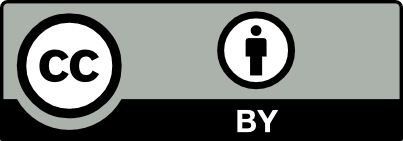Optimization of the Pb2+ and Zn2+ removal process by the adsorbent- flocculant material Neonite™
Abstract
Optimal conditions were determined to maximize the removal percentage of heavy metals such as Pb2+ and Zn2+ ions from transparent binary solutions by using a zeolite chemically called Neonite™. From the characterization by XRD, XRF, FTIR and adsorption-desorption of N2, it is established that Neonite™ is mainly composed of the natural zeolite clinoptilolite, having SiO2, Na2O, SO3 and Al2O3 as the main components; the Si/Al ratio was 3,8 and the main exchangeable cations are Na+, Ca2+ and K+, the BET surface area was 24,31 m2/g. The Box Behnken design for four factors, [Pb2+], [Zn2+], Neonite dose and pH at three levels, was used to build second order quadratic models, which presented an adjusted coefficient of determination R2 of 0,8680 and 0,9614 for the removal percentage of Pb2+ and Zn2+ respectively; finally, these models were validated through residual analysis, Cook's distance and leverage value. Based on the models, there is no clear influence of the factors on the removal of Pb2+, while the pH is very influential on the removal of Zn2+. Using the global desirability function, it will be shown that the maximum removal of lead and zinc ions was 98,80% and 93,48%, respectively, at the optimal conditions of concentration of Pb2+ and Zn2+ of 20 ppm, dose of Neonite of 442,42 mg/L and pH 8.
Downloads
Revista Arbitrada
Derechos reservados: Prohibido el uso total o parcial del material de esta revista sin indicar la fuente de origen.
Nota: Las referencias comerciales que aparecen en los trabajos no constituyen una recomendación de la
Sociedad Química del Perú










